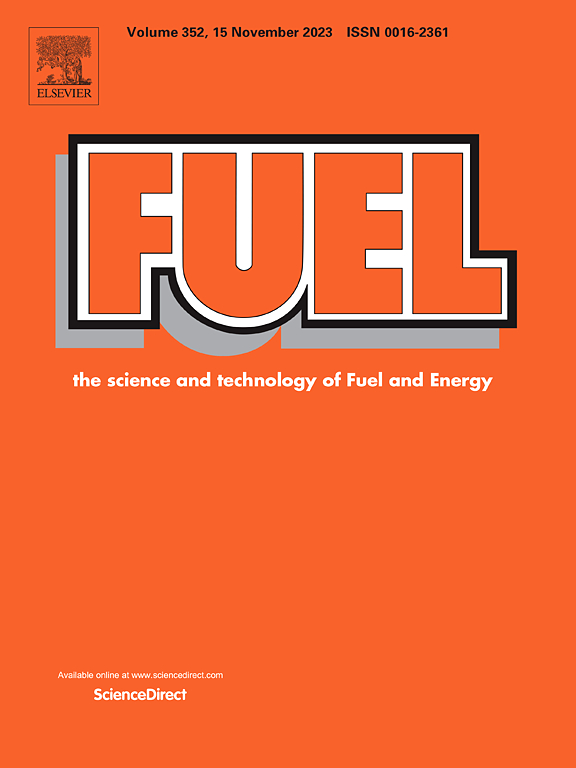In situ fabrication of defect-rich MoS2-x onto consecutive nanofibers to construct proton exchange membrane with enhanced direct methanol fuel cell performance
IF 6.7
1区 工程技术
Q2 ENERGY & FUELS
引用次数: 0
Abstract
It remains highly challenging to construct proton exchange membranes (PEMs) with high proton conductivity and low methanol permeability, as both proton and methanol are mainly transported through the hydrophilic region of PEMs. Here, we first designed novel ultrathin two-dimensional molybdenum disulfide nanosheets rich in sulfur vacancy defects anchored onto bacterial cellulose nanofiber surface (BC@MoS2-x) via a one-step hydrothermal method, which were then embedded in sulfonated poly (ether ether ketone) (SPEEK) matrix to obtain high-performance composite PEMs (SPEEK/BC@MoS2-x) with a consecutive and orderly arrangement of MoS2-x. SPEEK/BC@MoS2-x exhibited a proton conductivity of 0.132 S cm−1 (80 °C, 100 % RH) and methanol permeability of 31.15 × 10-7 cm2 s−1. Such superior performance can be attributed to the interconnected hydrophilic BC@MoS2-x nanofiber structure, which provides consecutive proton transfer channels to allow easy proton transfer through the hydration channels, as well as a 3D nanofiber network structure to result in more tortuous penetration of methanol. In addition, the robust and continuous nanofiber network of BC@MoS2-x can support the composite membrane to promote the thermal dimensional stability and mechanical properties. Overall, this study provides a novel method for the preparation of high-performance PEMs for direct methanol fuel cells.
求助全文
约1分钟内获得全文
求助全文
来源期刊

Fuel
工程技术-工程:化工
CiteScore
12.80
自引率
20.30%
发文量
3506
审稿时长
64 days
期刊介绍:
The exploration of energy sources remains a critical matter of study. For the past nine decades, fuel has consistently held the forefront in primary research efforts within the field of energy science. This area of investigation encompasses a wide range of subjects, with a particular emphasis on emerging concerns like environmental factors and pollution.
 求助内容:
求助内容: 应助结果提醒方式:
应助结果提醒方式:


